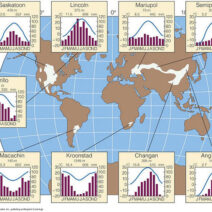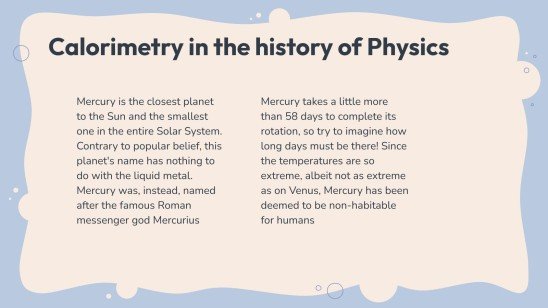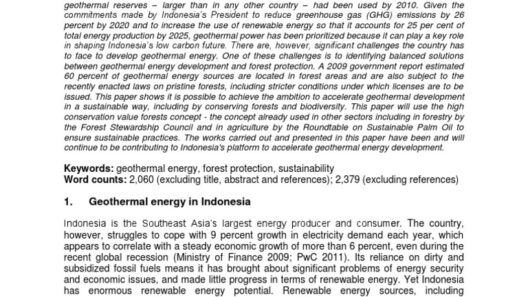In the realm of thermodynamics, calorimetry serves as a pivotal method for measuring heat and energy transformations, offering intricate insights into the law of energy conservation. This law, which asserts that energy cannot be created or destroyed but can only change form, underpins all physical phenomena, including chemical reactions and phase changes. As we delve into the intricacies of calorimetry, one uncovering becomes evident: the meticulous measurement of heat plays a crucial role in elucidating energy conservation in various contexts, ranging from everyday cooking to cutting-edge scientific research.
At the heart of calorimetry lies the calorimeter, a device designed to precisely quantify heat transfer during physical or chemical processes. This instrument operates on the principle that when a substance experiences a temperature change, the energy lost or gained must be accounted for by the energy gained or lost by its surroundings. This reciprocal relationship is fundamental to understanding energy conservation. For instance, when a substance undergoes a phase transition, such as melting or boiling, calorimetry enables the measurement of the heat absorbed or released during these transformations.
The concept of specific heat capacity is another cornerstone of calorimetry, delineating the amount of energy required to change the temperature of a specific mass of a substance by one degree Celsius. The specific heat capacity varies among materials, influencing how they react to energy inputs. Water, for example, has a notably high specific heat capacity, which allows it to absorb significant amounts of heat with minimal temperature change. This property plays a vital role in environmental systems, impacting weather patterns and climate regulation.
Conducting calorimetric experiments often involves various techniques, each designed to achieve precise measurements under different conditions. The most commonly used methods include the bomb calorimetry and the differential scanning calorimetry (DSC). Bomb calorimetry is particularly adept at determining the heat of combustion of substances, providing vital information for applications in energy production and fuel efficiency assessment. By measuring the heat released during combustion, researchers can ascertain the energy content of fuels, which is indispensable in the pursuit of sustainable energy solutions.
On the other hand, differential scanning calorimetry measures heat flow associated with phase transitions and chemical reactions, allowing scientists to study the thermal properties of materials. DSC reveals how materials behave under various temperature regimes, guiding material selection for specific applications, such as packaging, medicine, and construction. This information is crucial in the design of materials that can withstand environmental stresses, contributing to more sustainable and durable products.
To grasp the substantial implications of calorimetry in the context of energy conservation, consider the meticulous measurement of heat in the food industry. The calorimetric analysis of food provides fundamental data regarding its energy content, which is indispensable for the formulation of nutritional guidelines and dietary recommendations. Accurately understanding the caloric value of food not only aids individuals in making informed dietary choices but also fosters a broader understanding of energy requirements in relation to human health and environmental sustainability.
Moreover, calorimetric measurements extend their influence into the domain of renewable energy. As society pivots toward sustainable energy sources, understanding the heat dynamics of biofuels, solar energy systems, and hydrogen storage becomes paramount. By employing calorimetric techniques to evaluate the energy output and efficiency of these technologies, researchers can identify pathways to optimize energy use and promote greener alternatives. This intersection of calorimetry and renewable energy embodies a commitment to mitigating climate change through informed scientific advancements.
The application of calorimetry in climate science further illustrates its significance in fostering energy conservation. Calorimetry assists in monitoring and modeling climate change effects by evaluating the energy exchange between Earth’s systems, including the atmosphere, oceans, and land masses. Understanding how energy moves and changes form within these systems is vital for predicting climate dynamics, particularly in the face of anthropogenic influences. For example, measuring the heat absorption of oceans plays a crucial role in our understanding of global warming, as oceans act as a significant heat sink, impacting weather patterns and sea levels.
A fascinating dimension of calorimetry is encapsulated in the concept of enthalpy, a term that denotes the total heat content of a system. Enthalpy changes during chemical reactions provide insight into the stability of reactants and products, revealing whether processes are exothermic (releasing heat) or endothermic (absorbing heat). By employing calorimetry to study these changes, scientists can manipulate reaction conditions to enhance efficiency and yield, contributing to the development of sustainable chemical processes. This knowledge is instrumental in advancing green chemistry initiatives, where the goal is to minimize environmental impact while maximizing efficiency.
In summary, calorimetry stands as a robust tool in measuring heat and elucidating the principles of energy conservation across various fields. It enhances our comprehension of energy dynamics in physical and chemical processes, fostering innovative applications that range from food science to renewable energy development and climate modeling. By delving into the depths of calorimetric analysis, we unearth not only the energy interconnectedness of our world but also the pivotal role it plays in fostering a sustainable future. Embracing the potential of this scientific discipline invites a profound shift in perspective—a realization that the measurement of heat is not merely about numbers but is intrinsically linked to our commitment to preserving the planet.








